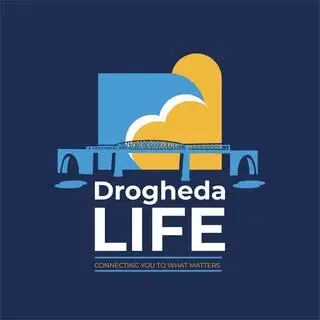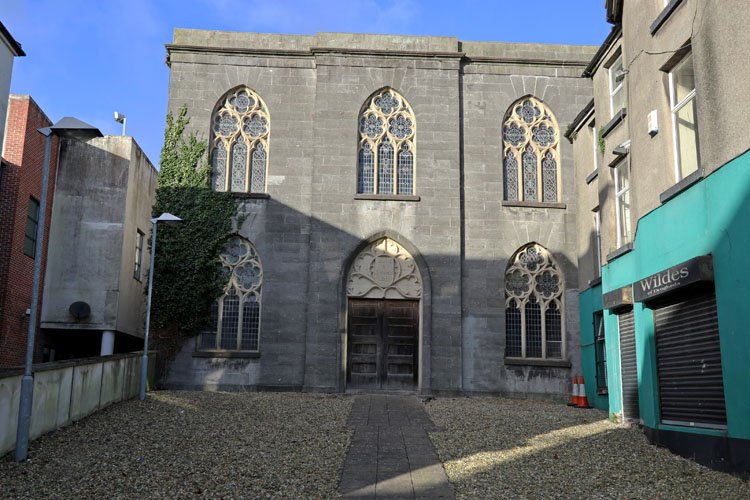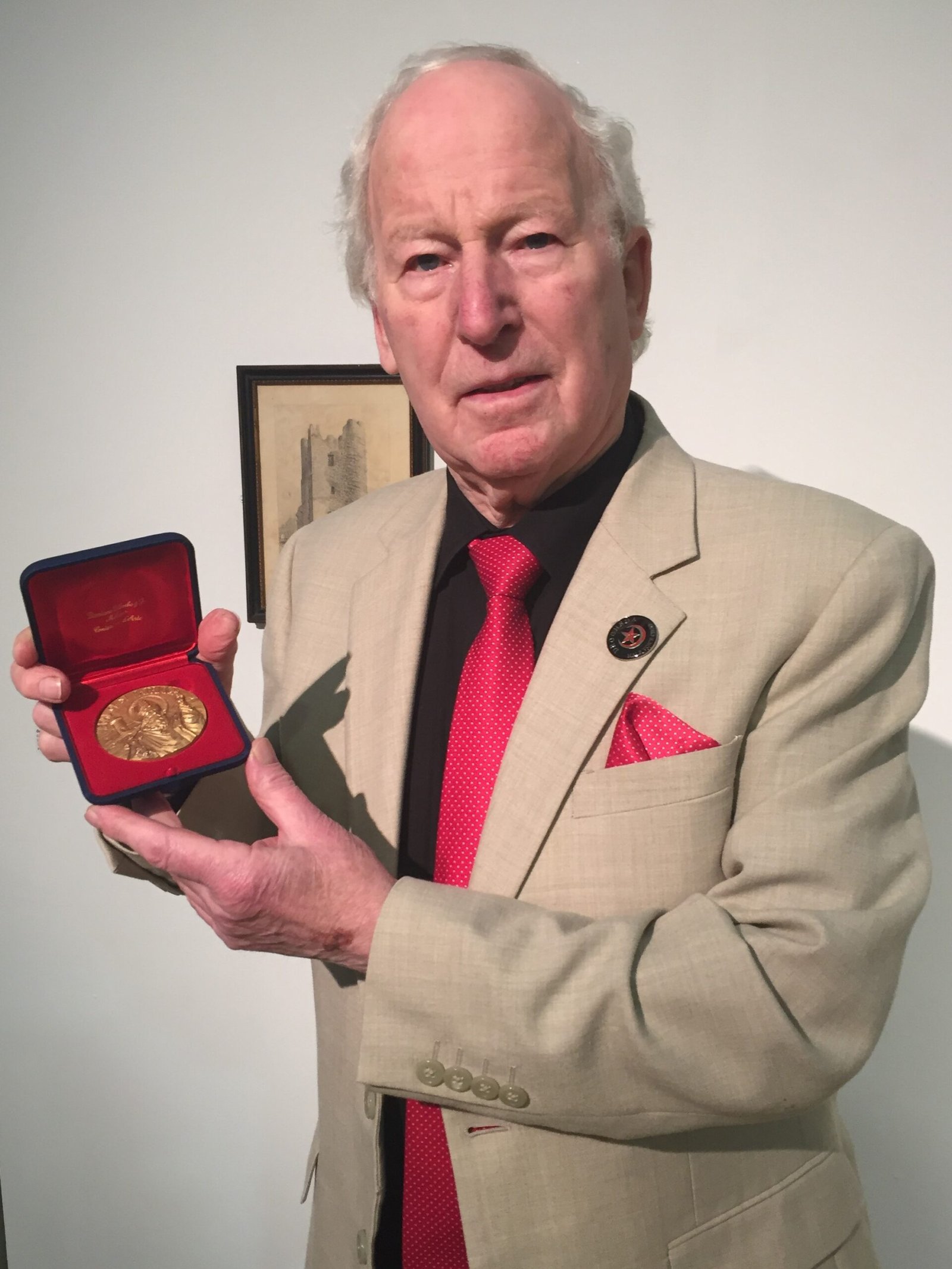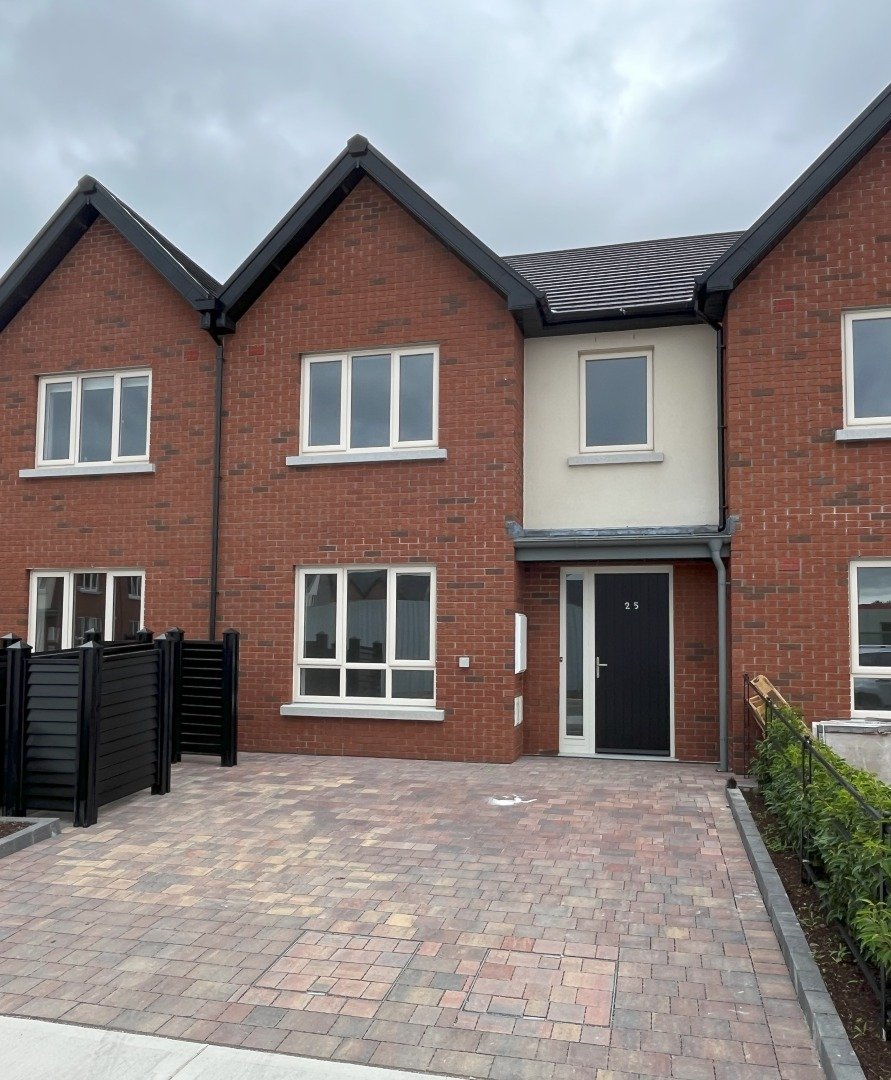By Sean Collins
Set back from the pavement in Laurence Street, sandwiched between the Bank of Ireland and the entrance to the Laurence Shopping Centre, is a beautiful building that is now vacant but was once a Church and community hall.
These days the building is largely forgotten and is unused except for the occasional pop-up market, but for over a century from when it was built in 1811, it was a bustling place being home to a school and a place of worship for the town’s Methodist community which was quite sizeable.
The Church boasts many interesting architectural features as noted in the Irish Architectural Archive including the limestone walls, pointed arch windows with limestone sills, geometric sandstone tracery windows with leaded stained-glass lights and a pointed arch door.
The Methodist Church was founded by an evangelist from Lincolnshire, England called John Wesley who, as leader of the Methodist Movement, was a regular visitor to Drogheda. In a 1773 diary entry he writes about a walk he took from Drogheda to the site of the Battle of Boyne.
In 2006, historian Dudley Cooney, writing in Seanchas Ard Mhacha, a journal devoted to the publication of new research on the history of the Archdiocese of Armagh, says that John Wesley visited Drogheda on many occasions during the 1780s and that he preached at the courthouse in Drogheda (most likely the Tholsel) on two occasions, in 1787 and 1789.
Wesley described the Drogheda congregations as “quiet and feeling the presence of God, tolerably quiet and deeply attentive”. The history of the Methodist Church in Ireland records that Drogheda’s first Methodist Hall or Chapel dated from 1795.

The Irish Architectural Archive also notes that, set back as it is from Laurence Street, the former Methodist Church continues to present a handsome façade, adding that the renovations of 1911 are probably responsible for the engaging tracery windows which contribute so much to the Church’s appeal.
It is representative of the religious diversity of Drogheda in the nineteenth century and a vital part of the town’s architectural legacy “. Bassett’s Directory of Louth says that in says the church had a fine gate and ornamental railing.
A plaque on the remaining pillar reads: “These gates are erected in loving memory of James and Anna Davis, late of 6 and 7 West St, Drogheda by their children 1880”. The Davis family ran a large department store where Penneys is now.
In the early 1800s Drogheda seems to have enjoyed a period of religious tolerance unlike in previous centuries. All religions it seemed could work together whatever political constraints they may have been placed under.

While the chapel of ease for St. Peter’s C.O.I. was being prepared in Fair Street, to ease the burden of the large congregation on the parish church, the Methodist community it was noted, in the Drogheda Journal (1826):
“We understand that Divine Service will be performed in the Methodist chapel, Laurence’s Street every Sunday morning at quarter past twelve, and evening service in the Tholsel at half past six o clock. The Methodists of this town have most kindly lent their chapel for Divine Worship to the Rev. John Smyth, until the chapel of ease is built”.
Bassett’s Directory further advised:” The Corporation of Drogheda contributed £300 towards the expense of its erection, while the income of the church was maintained by the Wisdom legacy of £20 per annum, a rent of £8 11 shillings and 6 pennies paid by the Bank of Ireland, Pew rents, a trust fund collection and by voluntary contributions.
The old church was a square two-storied building with pointed windows and originally the interior was arranged so that the ground floor was used for a Sunday school, while the second floor was used for worship. A gallery was formed at the south end by a rise in the floor and this incorporated the organ and the choir.

Also connected to the church was a substantial library containing almost thirteen hundred volumes or books on its shelves and the subscription for the members of this library was two shillings and six pennies per annum.
In 1884 the amount contributed for the support of the foreign missions was just over £45, along with £14 for the home missions, the clergyman in charge during this period was the Rev. Charles Inwood and he was succeeded in June of 1885 by the Rev. John W. Jones.
Popular surnames among the Methodist community in Drogheda in the mid-1800s included, Trotter, Tackaberry, Richie, Bagnall, Elliot, Davis, Labarte, Madison, Wisdom, and Smith.
Following his death in 1860, Obadiah Wisdom, who was Treasurer of the Methodist congregation in Laurence Street, left his entire estate to the Methodist Church in Ireland to continue the work of God. This amounted to 14,000 pounds sterling and was settled in 1876. He had several properties in Drogheda and extensive land holdings in Meath. The value today according to Google would be 1.7 million pounds.
Reflecting on memories of the church, Methodist writer Elizabeth Burke said, “The ground floor was apparently used as a Sunday school and the upper floor for worship, while a hundred years later in 1911 the building was renovated and improved.
With dwindling numbers attending, the closing services were held in 1963 and the building, along with the manse, were sold to a member of the congregation, Charles E. (Charlie) Wilde, in 1965 for £4,000.
Wilde operated a curtain and blind business on the buildings for many years and was followed in the business by his son Ken Wilde. Today that business, Wildes’s Blinds, is run by Keith Wilde from a premises in Bettystown.
The church building has been well preserved within the Laurence Centre development, and hopefully a new use will be found for it soon.




